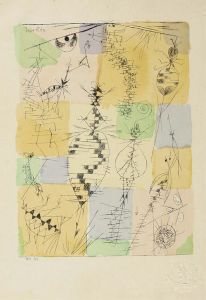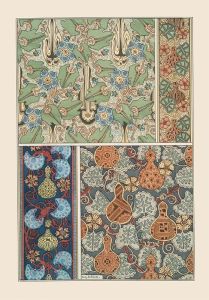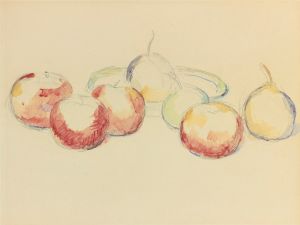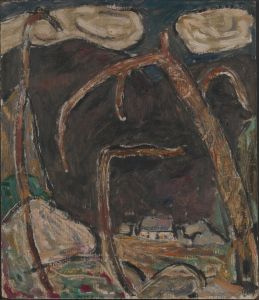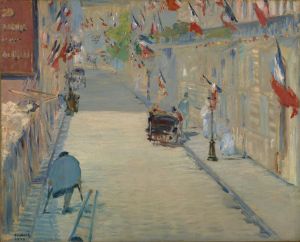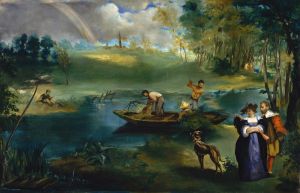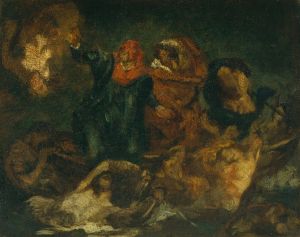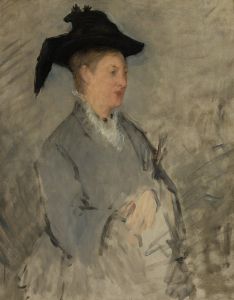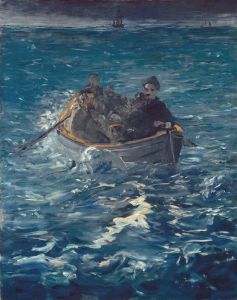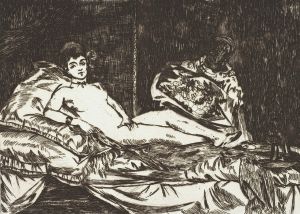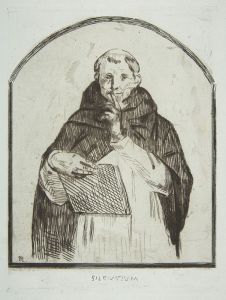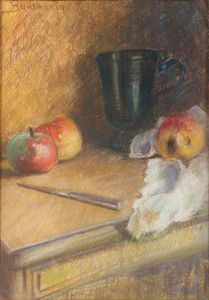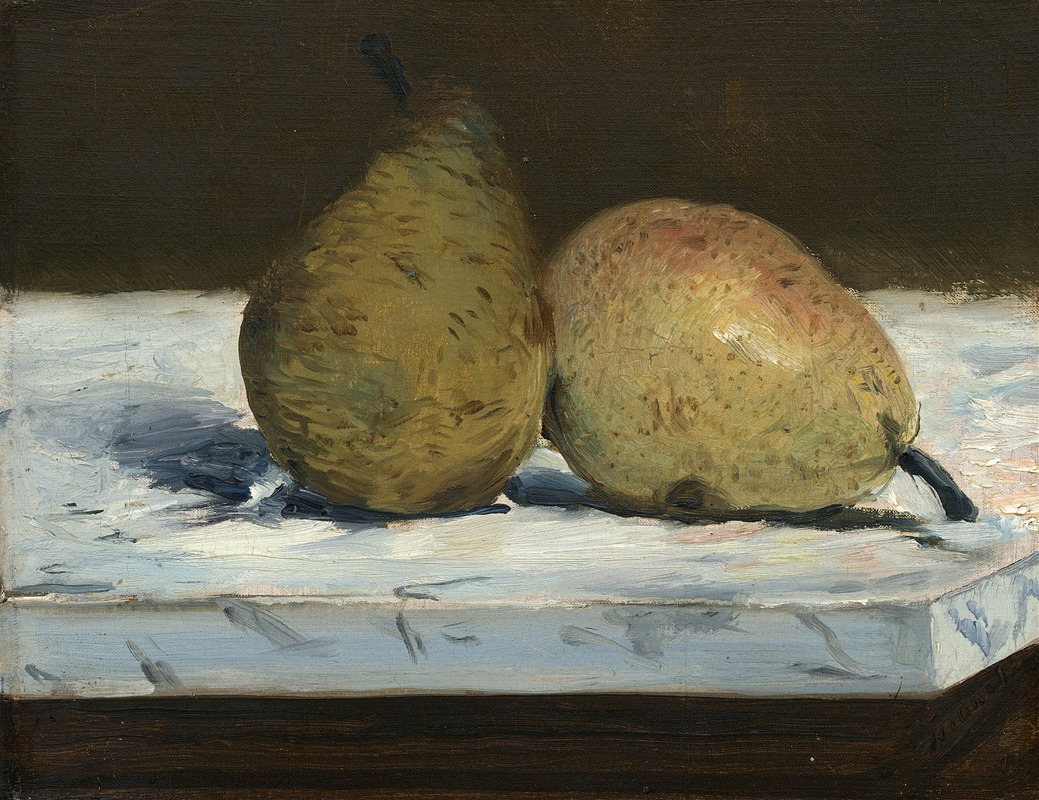
Pears
A hand-painted replica of Édouard Manet’s masterpiece Pears, meticulously crafted by professional artists to capture the true essence of the original. Each piece is created with museum-quality canvas and rare mineral pigments, carefully painted by experienced artists with delicate brushstrokes and rich, layered colors to perfectly recreate the texture of the original artwork. Unlike machine-printed reproductions, this hand-painted version brings the painting to life, infused with the artist’s emotions and skill in every stroke. Whether for personal collection or home decoration, it instantly elevates the artistic atmosphere of any space.
Édouard Manet, a pivotal figure in the transition from Realism to Impressionism, is renowned for his innovative approach to painting and his influence on modern art. Among his diverse body of work is the painting "Pears," which exemplifies his skill in still life and his ability to capture the essence of everyday objects with a fresh perspective.
"Pears" is a still life painting that showcases Manet's interest in the simplicity and beauty of ordinary subjects. Although not as widely discussed as some of his other works, this painting reflects his mastery in the use of color, light, and composition. Manet's still lifes are often noted for their straightforwardness and clarity, and "Pears" is no exception. The painting features a small grouping of pears, rendered with a delicate balance of realism and painterly brushwork that highlights their texture and form.
Manet's technique in "Pears" involves a subtle play of light and shadow, which gives the fruit a three-dimensional quality. The background is typically understated, allowing the pears to stand out as the focal point of the composition. This approach is characteristic of Manet's still lifes, where he often employed a limited palette to emphasize the subject matter without unnecessary distractions.
The painting is an example of Manet's ability to elevate simple subjects to the level of fine art. By focusing on the natural beauty of the pears, Manet invites viewers to appreciate the aesthetic qualities of everyday objects. This aligns with the broader Impressionist movement, which sought to capture the fleeting moments of modern life and find beauty in the mundane.
Manet's "Pears" also reflects his interest in the works of the Old Masters, particularly the Dutch still life painters. However, unlike the highly detailed and symbolic still lifes of the Dutch tradition, Manet's work is more concerned with the immediate visual experience. His brushwork is looser, and his compositions are more spontaneous, which adds a sense of vitality and freshness to the painting.
While "Pears" may not be as famous as Manet's larger compositions or his portraits, it is an important part of his oeuvre that demonstrates his versatility as an artist. It also provides insight into his artistic philosophy, which sought to bridge the gap between traditional and modern approaches to painting.
In summary, Édouard Manet's "Pears" is a testament to his skill in still life painting and his ability to find beauty in simplicity. Through his innovative use of color, light, and composition, Manet transforms an ordinary subject into a work of art that continues to resonate with viewers. The painting exemplifies his contribution to the development of modern art and his influence on subsequent generations of artists.





